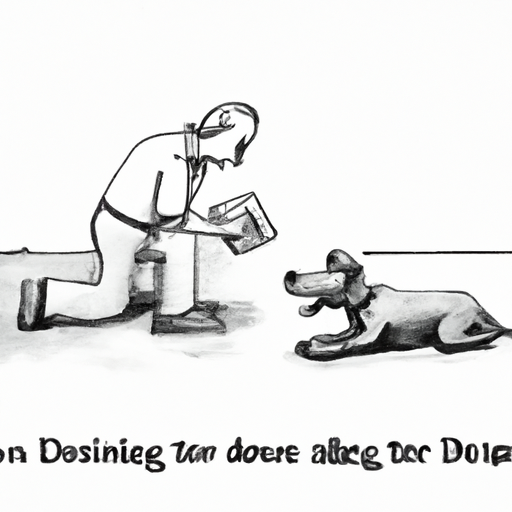Disciplining a dog is one of the most important aspects of pet ownership. It’s not about punishment, but guidance and instruction to help your furry friend understand the rules of the house. This guide will provide you with comprehensive, easy-to-follow steps on how to discipline your dog.
** Understanding Your Dog’s Behavior**
Understanding the root of your dog’s behavior is the first step in effective discipline. Dogs, like humans, have reasons for their actions. If your dog is acting out, it’s likely because of one or more of the following reasons:
- Lack of Training
- Boredom
- Anxiety or Fear
- Lack of Exercise
Consider these factors and observe your pet’s behavior closely.
** Establishing Boundaries**
Establishing boundaries is crucial in dog discipline. Dogs need to understand what is permissible and what isn’t. Here are some steps you can take:
- Use a firm, but calm voice to issue commands.
- Be consistent with your rules.
- Reward good behavior immediately.
** Positive Reinforcement**
Positive reinforcement is an effective way to discipline your dog. It involves rewarding your dog for good behavior, which encourages them to repeat it. The reward can be a treat, a toy, or praise. Here’s a simple table to illustrate the concept:
| Behavior | Reward |
|---|---|
| Sit | Treat |
| Stay | Praise |
| No Barking | Toy |
** Ignore Bad Behavior**
Ignoring bad behavior is another effective strategy. Dogs often misbehave to get attention. If you ignore them, they’ll learn that misbehavior doesn’t get them what they want.
** Use Time-Outs**
Time-outs are not just for kids! If your dog doesn’t respond to your commands, use a time-out. This involves isolating your dog in a safe place for a few minutes. It’s a way of showing them that their behavior has consequences.
** Avoid Physical Punishment**
Physical punishment is not an effective form of discipline and can harm your relationship with your dog. It can lead to fear, aggression, and other behavioral problems. Instead, focus on positive reinforcement and consistent training.
** Get Professional Help**
If your dog’s behavior continues to be a problem, consider getting professional help. A certified dog trainer or a veterinary behaviorist can provide valuable insights and techniques tailored to your dog’s specific needs.
** FAQs**
Q: How long does it take to discipline a dog?
A: It depends on the dog and the behavior. Some dogs might respond to discipline techniques within a few days, while others might take weeks or months. Consistency and patience are key.
Q: What if my dog doesn’t respond to positive reinforcement?
A: Not all dogs respond to the same methods. If positive reinforcement isn’t working, try another method or consult a professional.
Q: Can old dogs be disciplined?
A: Yes! While the saying “you can’t teach an old dog new tricks” is popular, it isn’t true. Older dogs can learn new behaviors, but it might take longer.
Remember, disciplining your dog is a journey, not a destination. With patience, consistency, and love, your dog will learn to follow the rules and become a happy, well-behaved member of your family.



